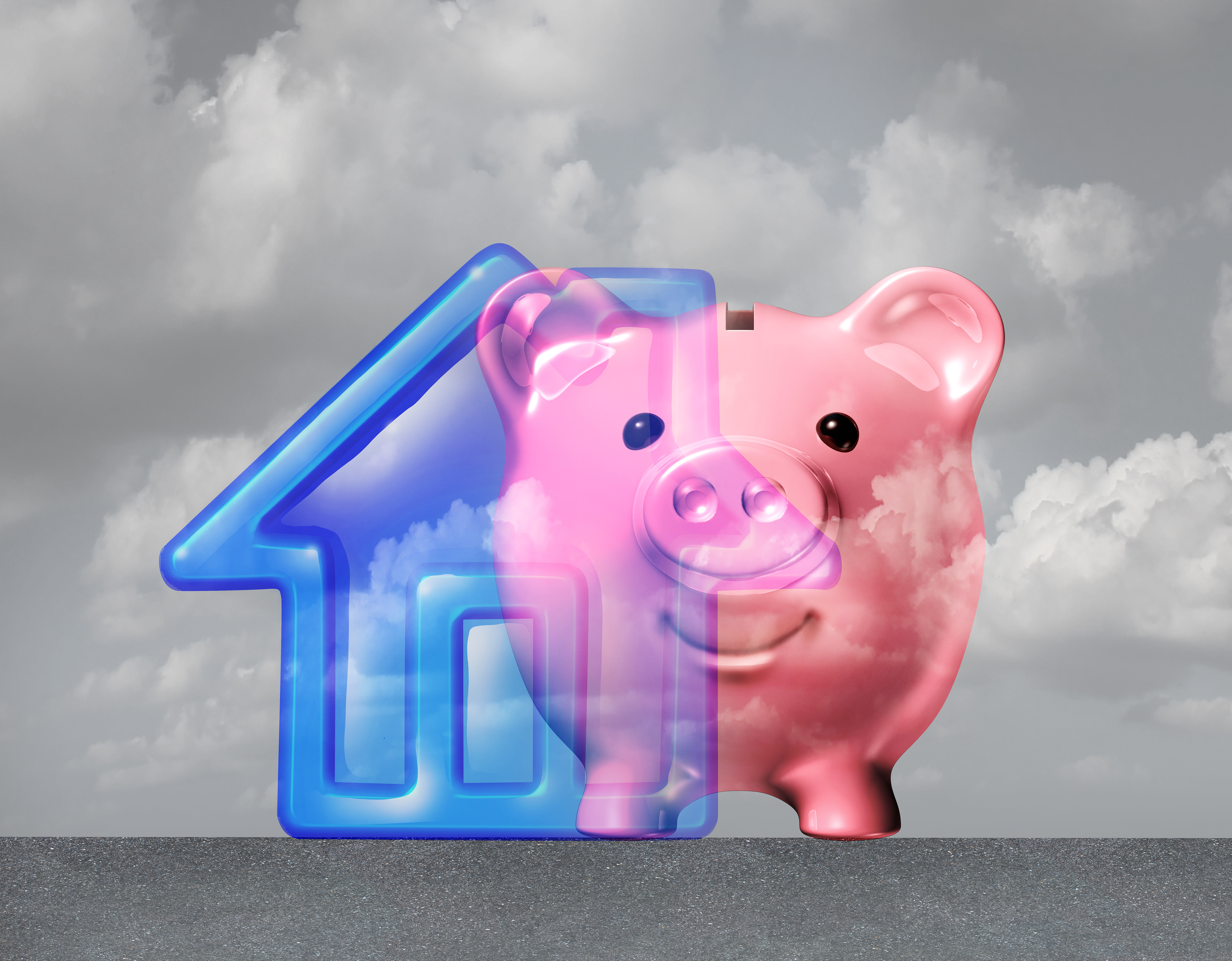
Mortgage rate predictions for 2017
By Erik J. Martin
CTW Features
“What goes up must come down,” Isaac Newton once said. But the opposite is also true, which has many folks in the real estate industry thinking that the golden era of the past few years – when mortgage interest rates reached historical lows – may gradually be coming to an end.
Consider that the benchmark 30-year fixed mortgage rate hit its all-time low mark of 3.31 percent back in November 2012. Rates remained, on average, below the 4 percent range for many moons since. But they crept past 4 percent in late 2016, and indications are that they’re on a slow upward trajectory.
Many factors can affect mortgage rates this year, including fluctuations in the bond market and in Fannie Mae and Freddie Mac-backed mortgage-backed securities, policies proposed by the incoming Trump administration, economic indicators like employment data and gross domestic product, stock market trends and as many as three rate hikes by the Federal Reserve Board in 2017.
“(Federal Reserve chair) Janet Yellen is planning to raise rates in 2017, the economy is moving forward nicely and continued demand for housing and mortgage funds will put pressure on the supply of funds,” says Brent Smith, associate professor at Virginia Commonwealth University’s School of Business in Richmond, Va. “Also, the markets are confident that Trump and the Republican legislature will reduce regulations and generally make it more profitable to conduct business, which will increase confidence and feed increased housing activity. I’m confident that rates, both six months and 1 year from now, will be higher.”
Robert Johnson, president/CEO of The American College of Financial Services in Bryn Mawr, Pa., agrees.
“I would expect a minimum of two one-quarter-point rate hikes in the target Fed funds rate if the economy continues to improve,” Johnson says. “Gross domestic product growth is in the 3.6 percent range for the recent quarter, and unemployment remains below 5 percent. President Trump is likely going to get Congressional approval for fiscal infrastructure expenditures, which are inflationary and will provide more ammunition to the Fed to raise rates in an attempt to control inflation.”
Johnson’s forecast? Expect rates to go up this year, possibly by 50 to 100 basis points (one-half to one percent).
Not everyone anticipates steep rate climbs over the next 12 months, however. Eric Meadow, COO/general counsel for Oak Brook, Ill.-based Midwest Equity Mortgage foresees the 30-year fixed rate and 15-year fixed rate hovering closer to 4.25 percent and 3.875 percent, respectively.
“Currently, rates are on the rise as a result of speculative investing in the long-term end of the yield curve. But if hard numbers indicate the economy is not heating up, rates will come down,” Meadow says.
Erin Sheckler, president of Bellevue, Wash.-headquartered NexTitle, also believes that if rates indeed inch north in 2017, they won’t cause much sticker shock.
“I don’t expect to see the average 30-year fixed rate mortgage exceed 4.5 percent in the next year. There will be small, incremental increases as we see increased stability in U.S. employment reports and continued wage growth, and Fannie Mae has predicted extremely conservative rate hikes through 2018,” Sheckler says. “There are hundreds of predictions circulating, but no one actually knows. Remember that rates slid steadily downward in 2016, bottoming out with Britain’s vote to exit the European Union. We didn’t see that coming.”
The moral to the story? Even with mortgage rates widely expected to bump up in 2017, they’ll continue to remain near historical lows (to put things in proper perspective, consider that, back in 1981, the 30-year fixed rate exceeded 18 percent). But prospective borrowers and homeowners seeking to refinance may want to act sooner versus later.
“It’s a great time to refinance or buy a home right now – neither houses nor mortgages are going to get less expensive this year,” says Sheckler, who recommends exploring FHA loans that may offer lower rates than conventional loans and which require only 3.5 percent down; VA loans, which provide rates typically about a quarter point lower than conventional lending; and USDA home loans that also boast incredibly low rates.
© CTW Features



